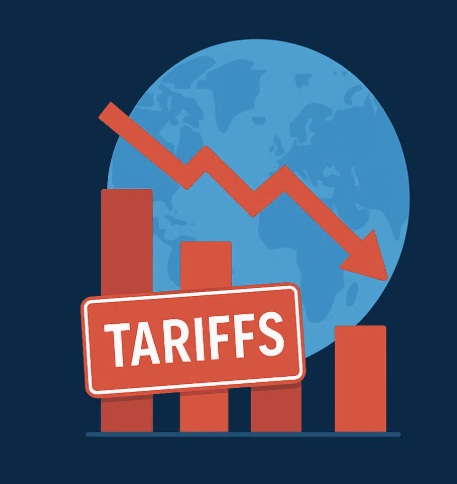
How Tariffs Could Impact New Vehicles for Limousine, Shuttle, and Charter Bus Companies
- By Booking Tool
- November 8, 2025
Introduction
For operators in the ground transportation industry, the cost and reliability of vehicles are central to profitability. Whether you run a limousine service, airport shuttle operation, or charter bus company, your fleet is your business.
One factor that could significantly impact that business is the introduction or increase of tariffs—taxes placed on imported vehicles, parts, or materials. These tariffs can ripple through the industry, influencing vehicle availability, pricing, maintenance costs, and even long-term expansion plans.
1. Higher Vehicle Purchase Prices
Many commercial vehicles used by transportation companies—luxury sedans, sprinter vans, minibuses, and motorcoaches—are manufactured or assembled overseas, or rely heavily on imported components.
If tariffs are applied to these vehicles or parts, the cost to purchase new units could rise substantially.
For example:
- A 25% tariff on imported vans or buses could add tens of thousands of dollars to a single vehicle’s cost.
- Manufacturers may pass these additional expenses directly to dealers and fleet buyers, resulting in higher acquisition costs for operators renewing or expanding their fleets.
This makes fleet planning more expensive and may force companies to delay replacements, refinance existing vehicles, or scale back expansion projects.
2. Increased Maintenance and Repair Costs
Tariffs don’t just affect new vehicle purchases—they can also drive up the price of replacement parts and components, many of which come from overseas suppliers.
This could include:
- Engines, transmissions, and brake systems for shuttle buses.
- Imported electronics or interior trim for luxury sedans and SUVs.
- Specialized coach parts that already have limited domestic suppliers.
Higher parts costs mean maintenance budgets must stretch further. For operators who maintain large fleets, even modest increases in repair costs can significantly affect annual operating expenses.
3. Longer Lead Times and Supply Delays
When tariffs are introduced, manufacturers and distributors often need time to adjust their supply chains. This can lead to delays in vehicle production and delivery, especially for specialty or custom-built units like executive shuttles or luxury minibuses.
As a result:
- Lead times for new orders could extend from a few months to half a year or more.
- Operators might face downtime or struggle to meet seasonal demand if replacements aren’t delivered on schedule.
- Dealers may have limited inventory, pushing companies to accept less-than-ideal vehicle configurations or models.
For transportation businesses that depend on uptime and reliability, these disruptions can quickly translate into lost revenue opportunities.
4. Reduced Profit Margins
Higher vehicle and parts costs eventually put pressure on profit margins. While operators can attempt to pass those costs along to clients through fare increases, the competitive nature of the transportation market often makes that difficult.
Companies might face choices such as:
- Keeping rates steady but absorbing higher expenses.
- Postponing vehicle upgrades, which could lead to higher maintenance and fuel costs.
- Focusing on premium services or contracts that can justify modest price adjustments.
Balancing cost control with service quality becomes even more critical in a tariff-inflated market.
5. Financing and Depreciation Challenges
Tariffs can also affect vehicle financing and resale values. If new-vehicle prices rise due to import taxes, lenders may adjust interest rates or down payment requirements to reflect increased asset values.
Meanwhile, existing fleets could see depreciation slow, since replacement vehicles become more expensive. That might sound like good news, but it can also complicate insurance coverage, lease agreements, and long-term financial planning.
6. Fleet Diversification and Sourcing Strategies
To offset tariff-related risks, operators may look for creative ways to manage their fleets:
- Exploring domestic models or U.S.-assembled alternatives.
- Leasing instead of buying, allowing more flexibility if market conditions change.
- Maintaining vehicles longer with enhanced preventive maintenance programs.
- Partnering with multiple suppliers to secure parts and vehicles from different regions.
These strategies can help reduce dependency on any single market or supplier that might be affected by tariff changes.
Conclusion
For limousine, shuttle, and charter bus companies, tariffs on imported vehicles and parts represent more than a line item in the news—they directly affect fleet costs, service reliability, and long-term competitiveness.
While operators cannot control government trade policy, they can prepare by monitoring pricing trends, diversifying suppliers, and adjusting their fleet management strategies. Staying proactive in a changing economic environment ensures your business remains adaptable, profitable, and ready to serve clients no matter how the trade landscape shifts.



